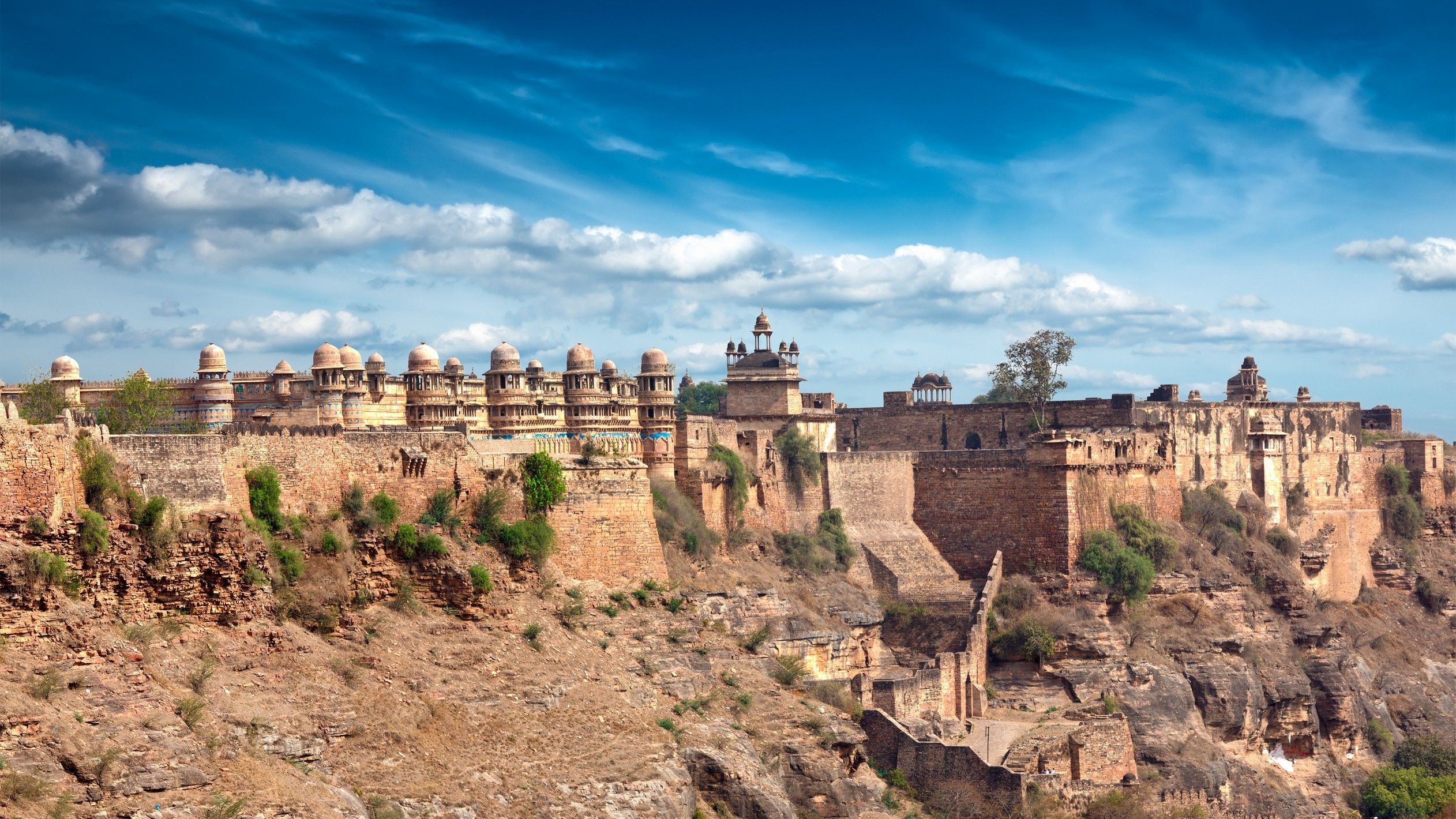
steiners-incredible-india-2024
vakantio.de/steiners-incredible-india-2024
BLOG 3: Orchha
प्रकाशित: 14.02.2024
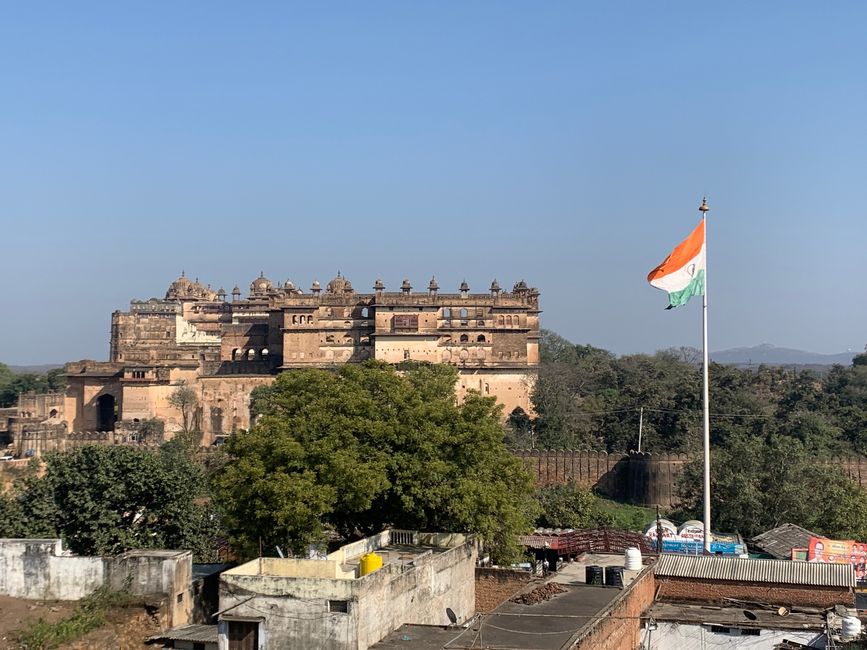
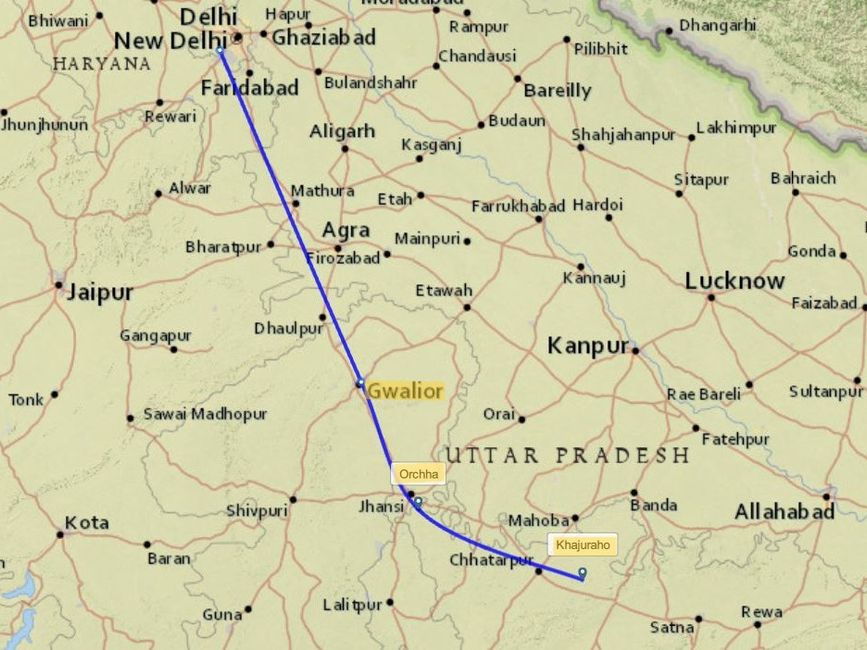
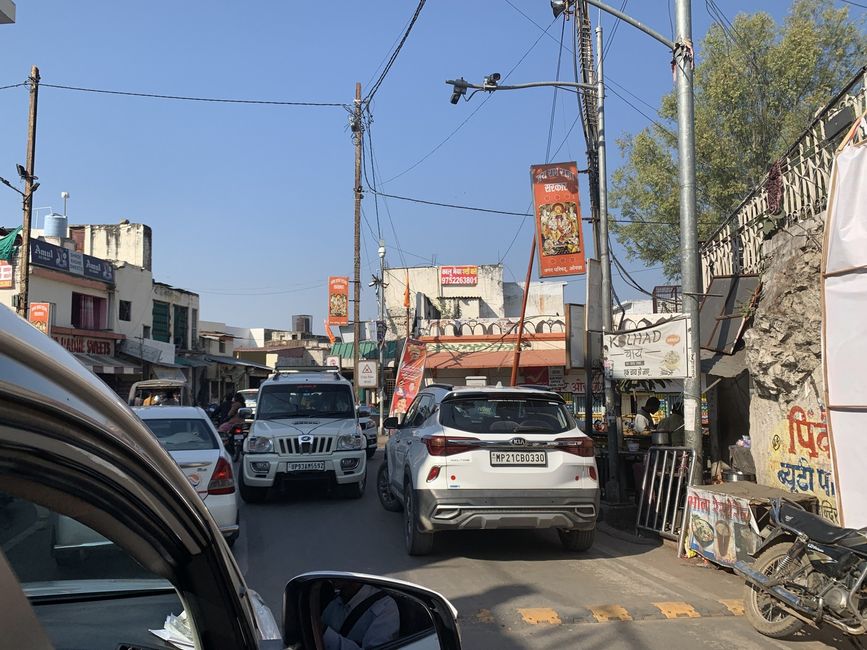

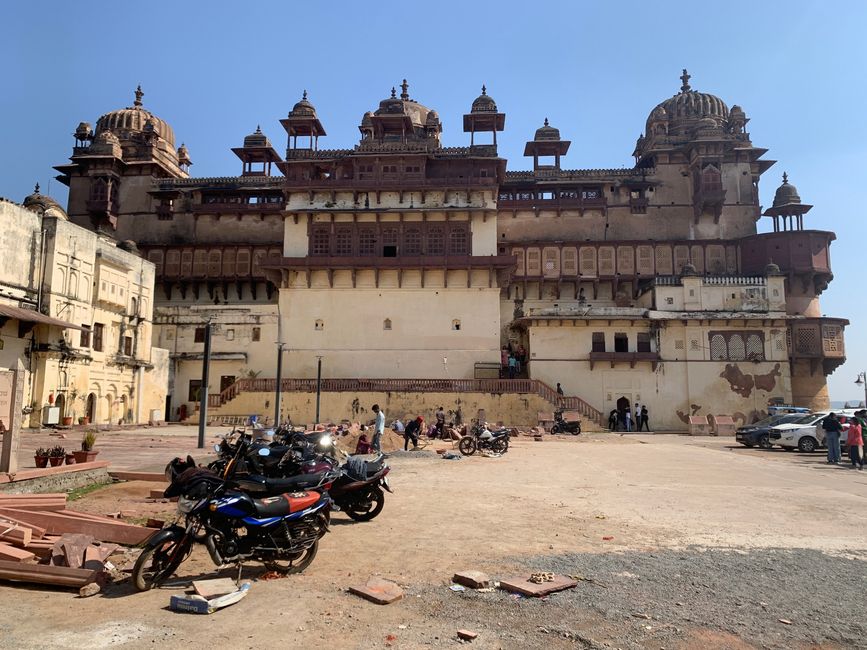

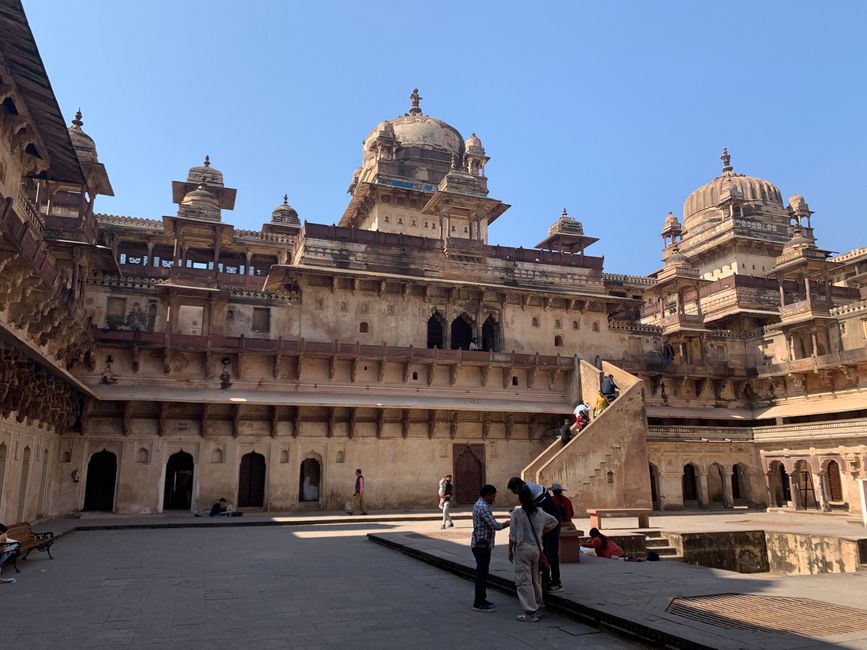
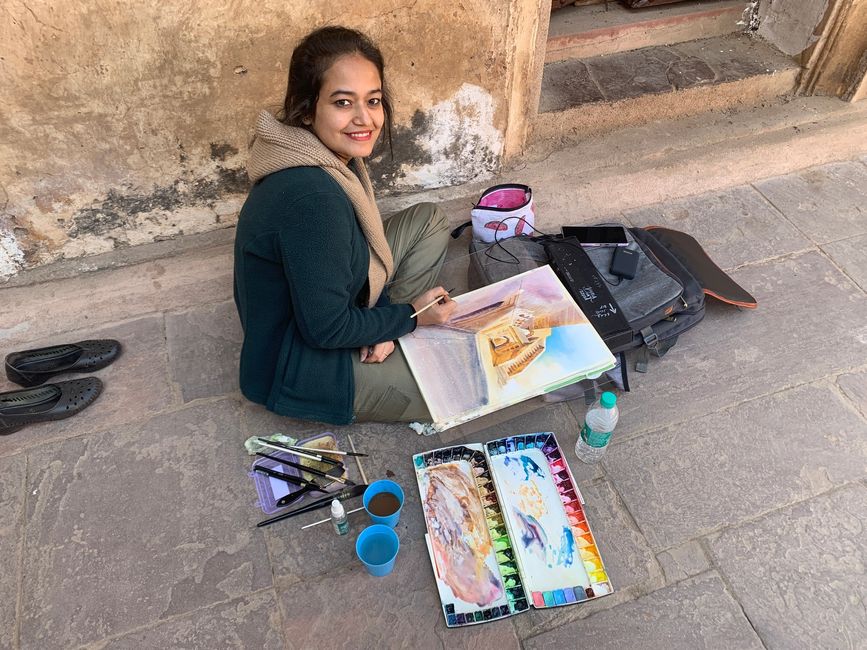
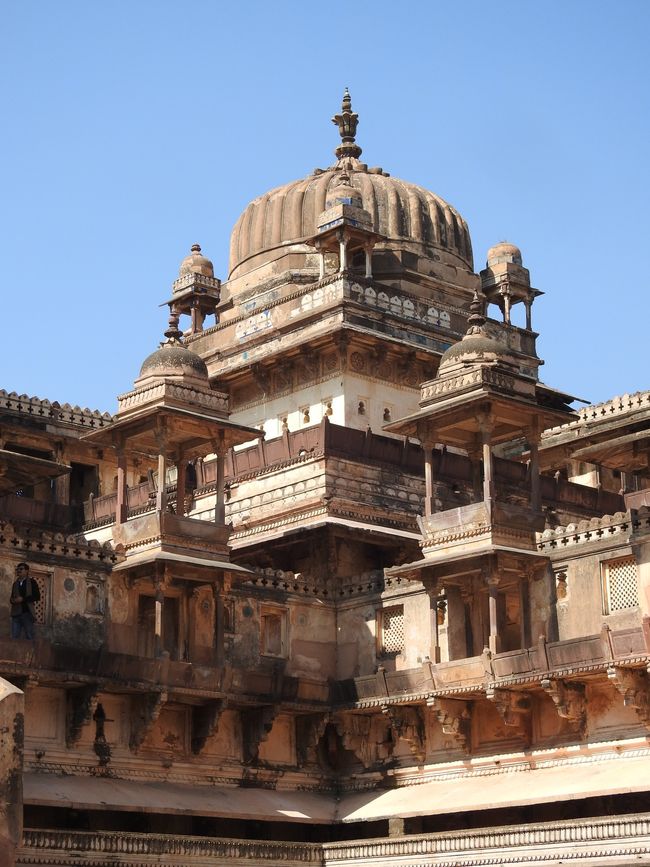

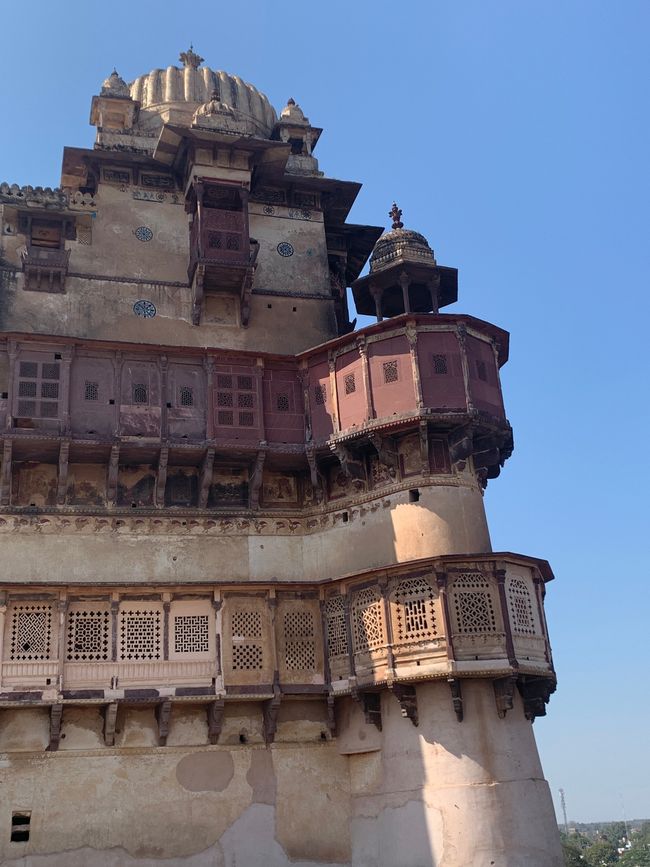
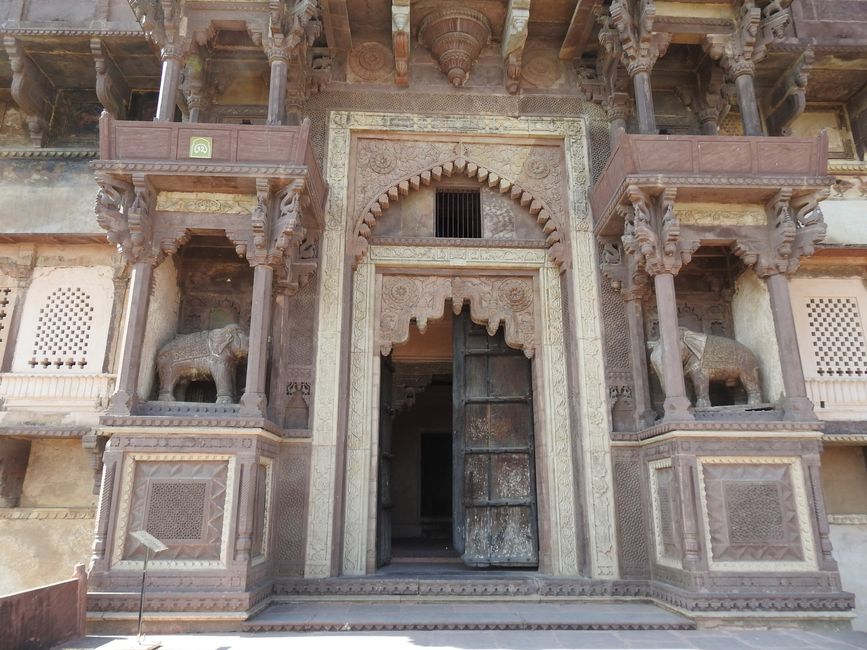
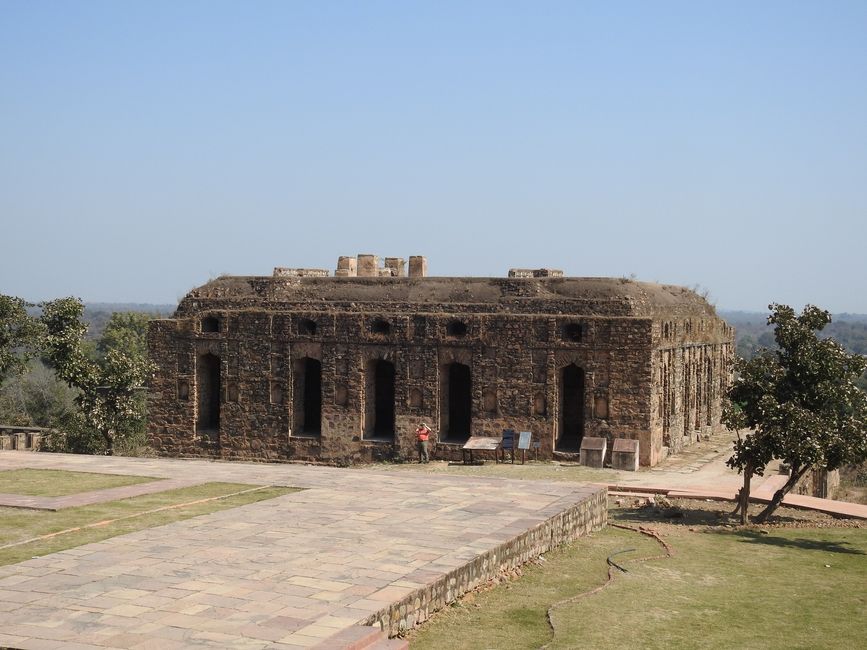
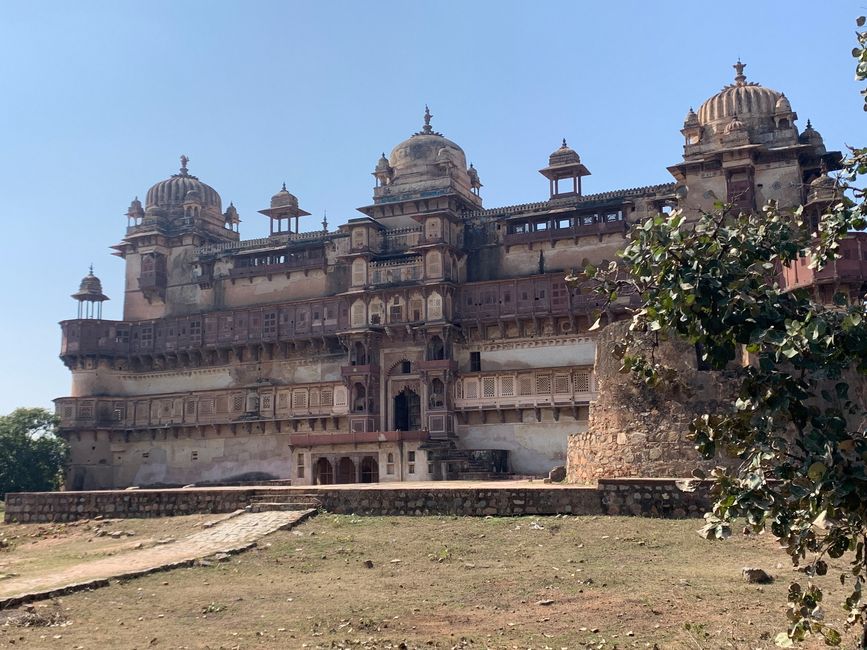
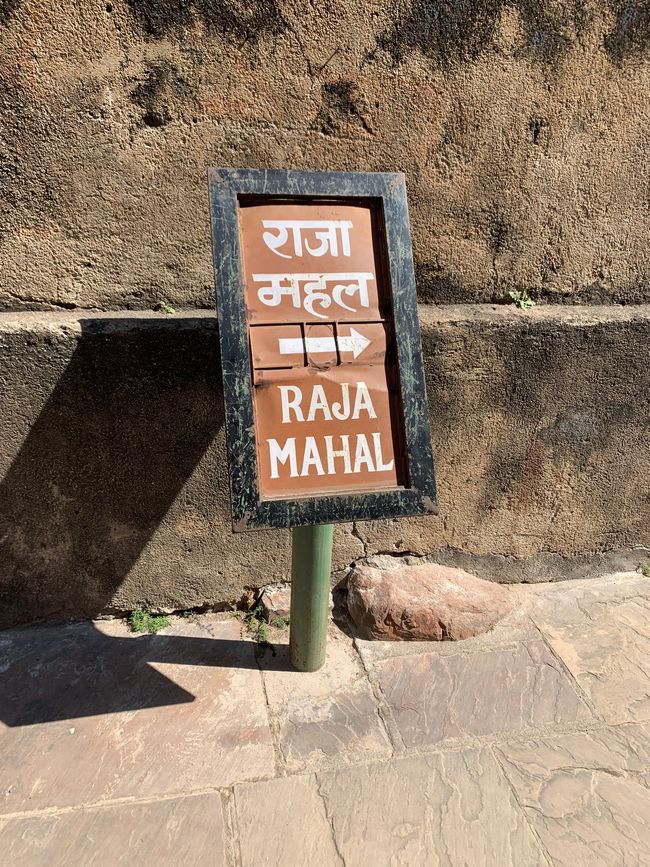
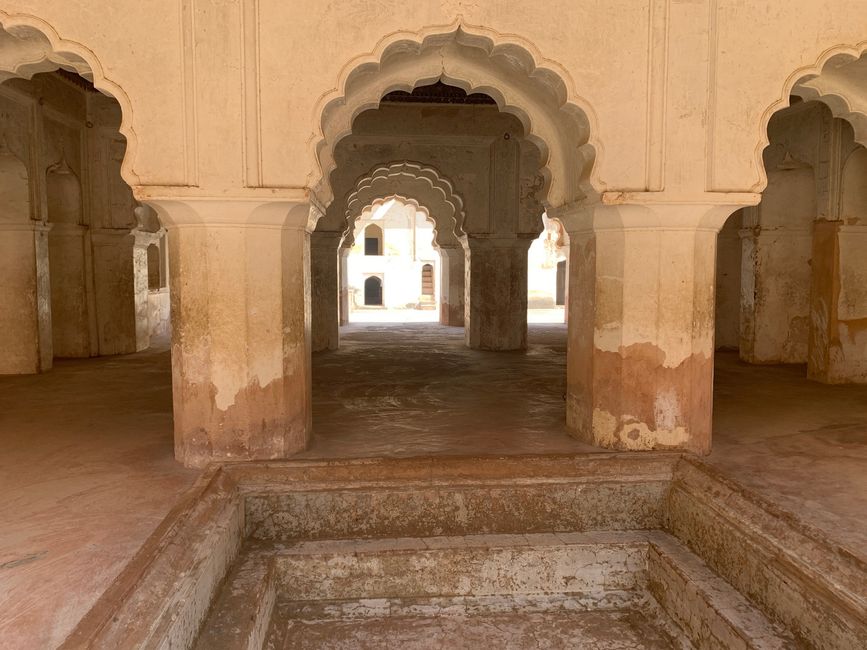
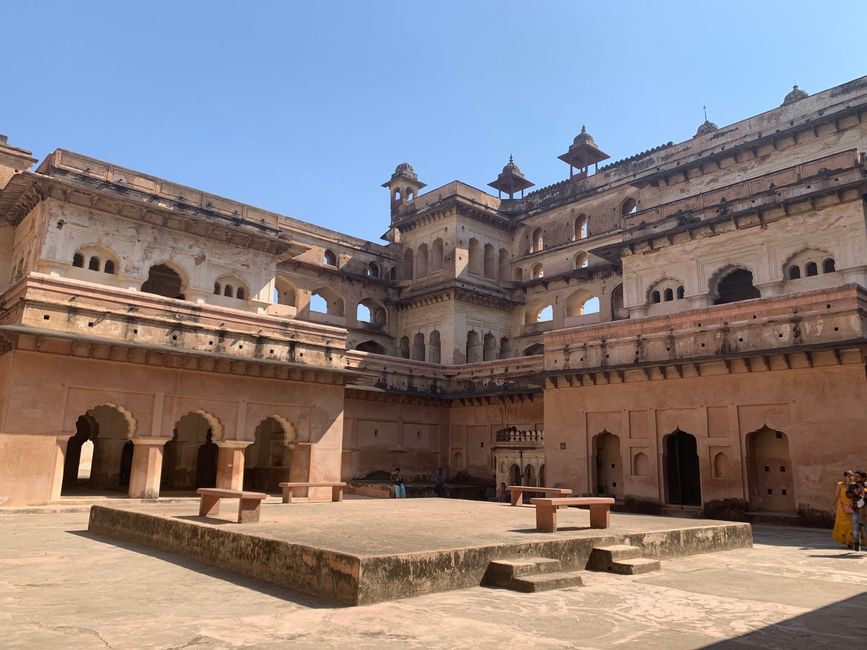

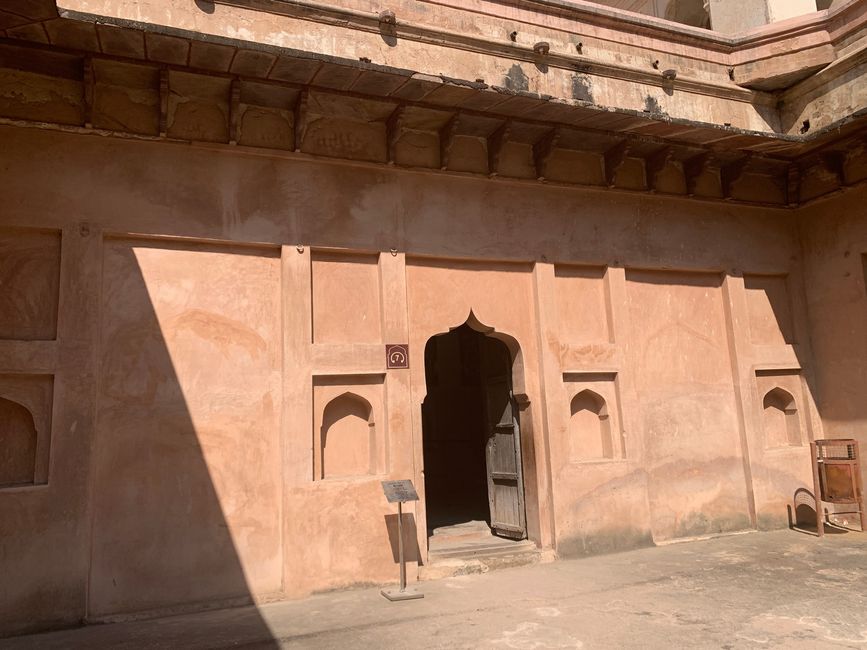
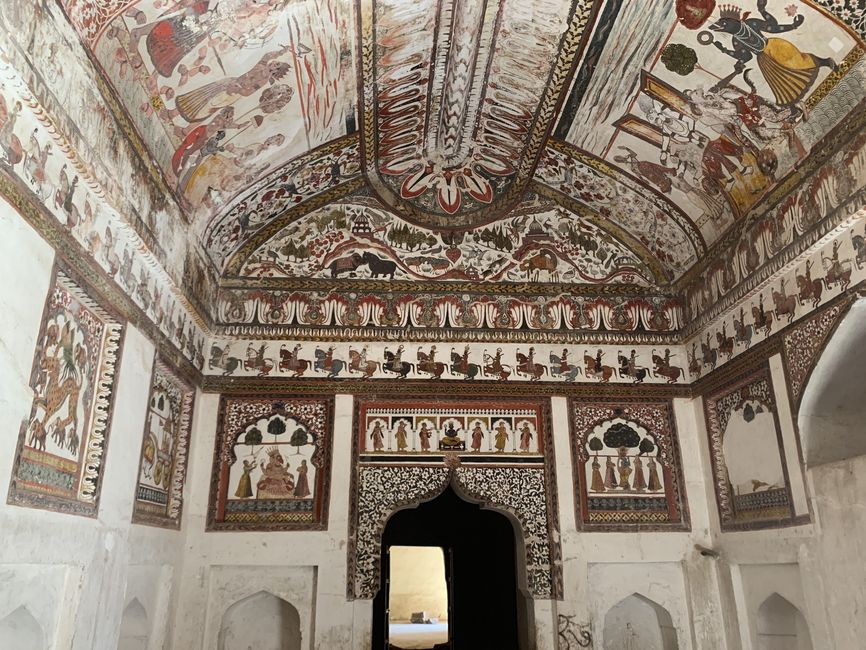

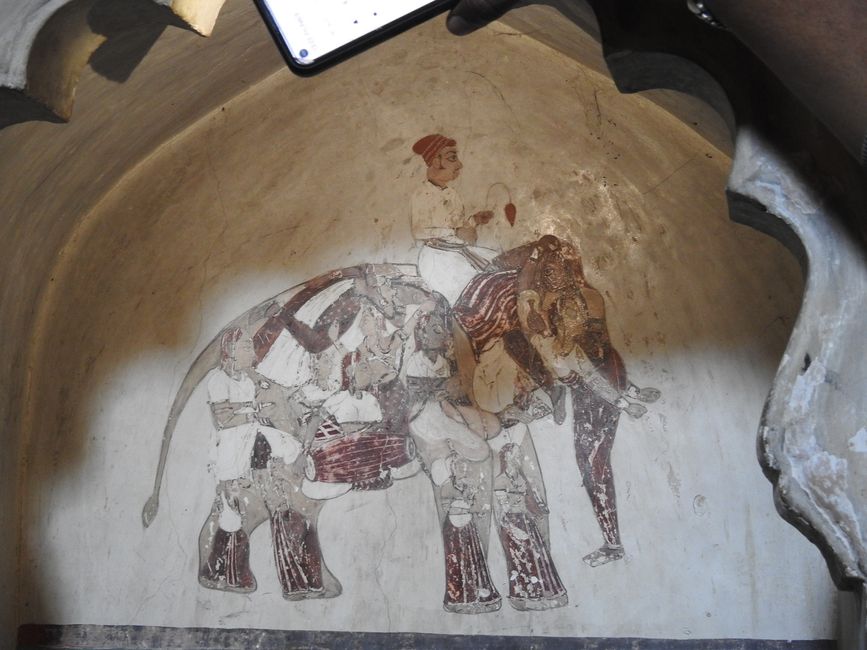
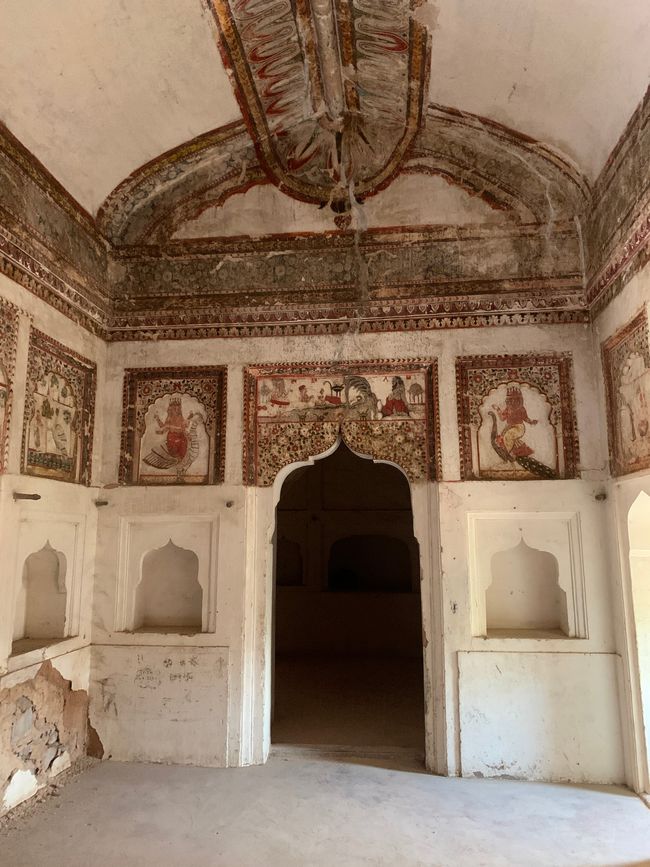
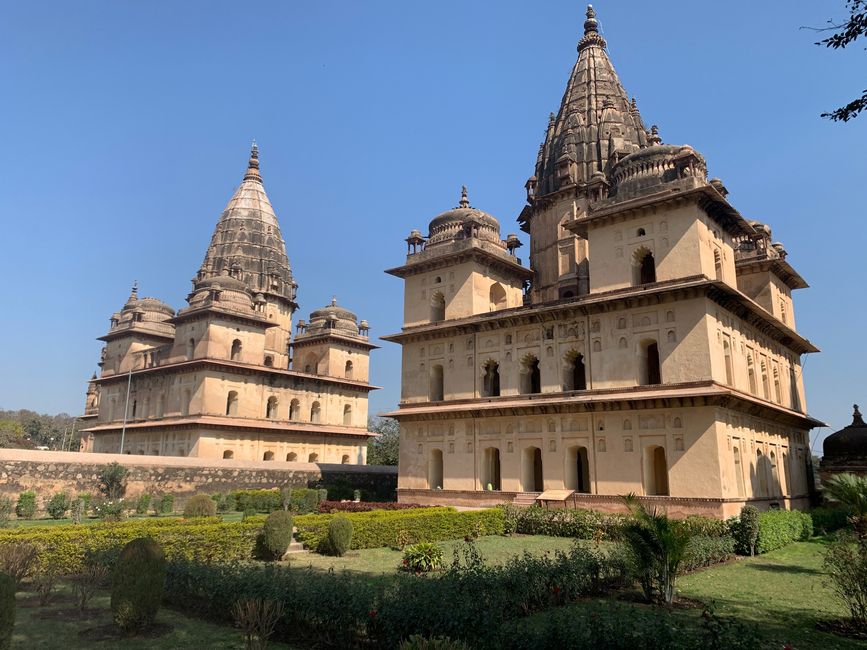
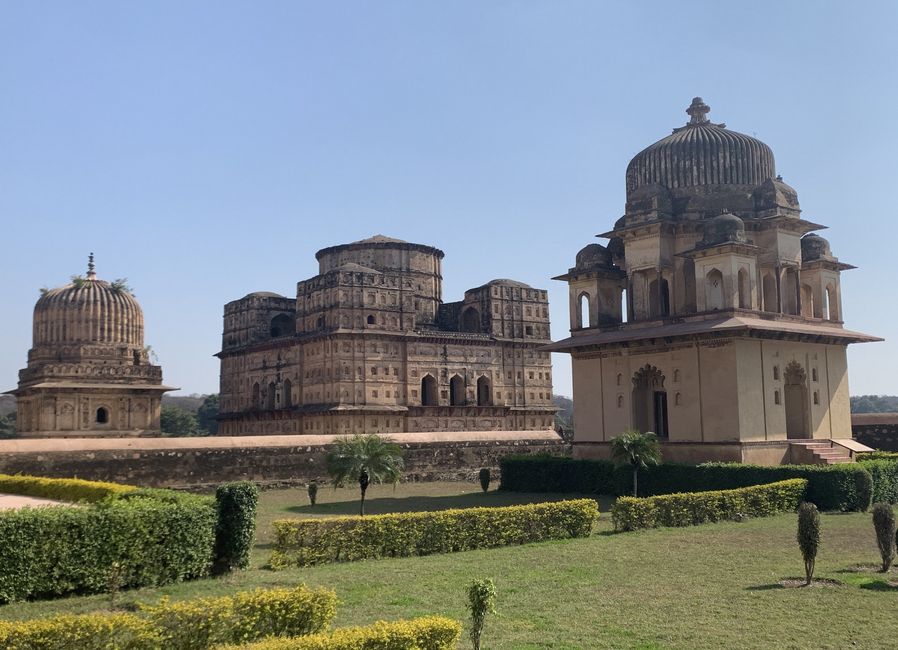
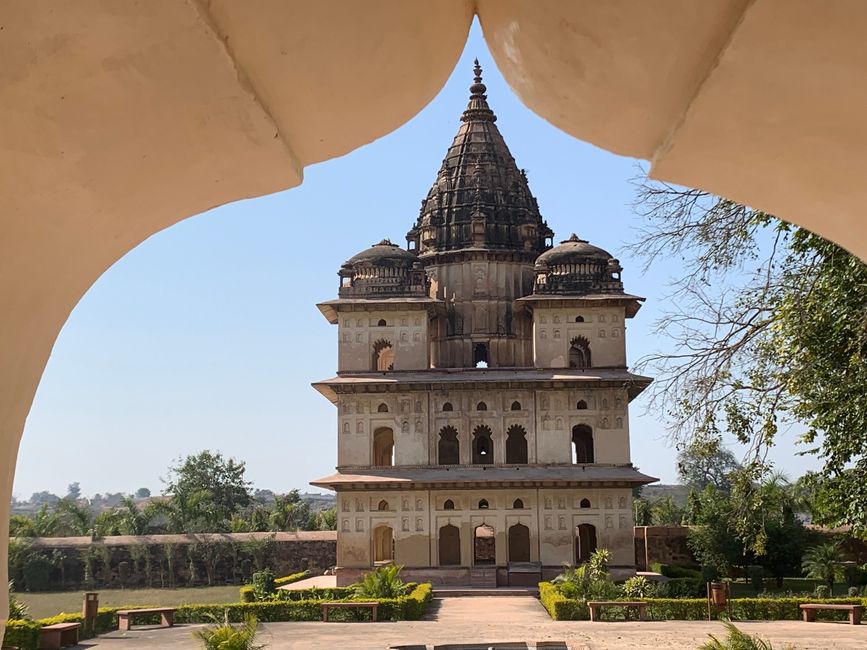
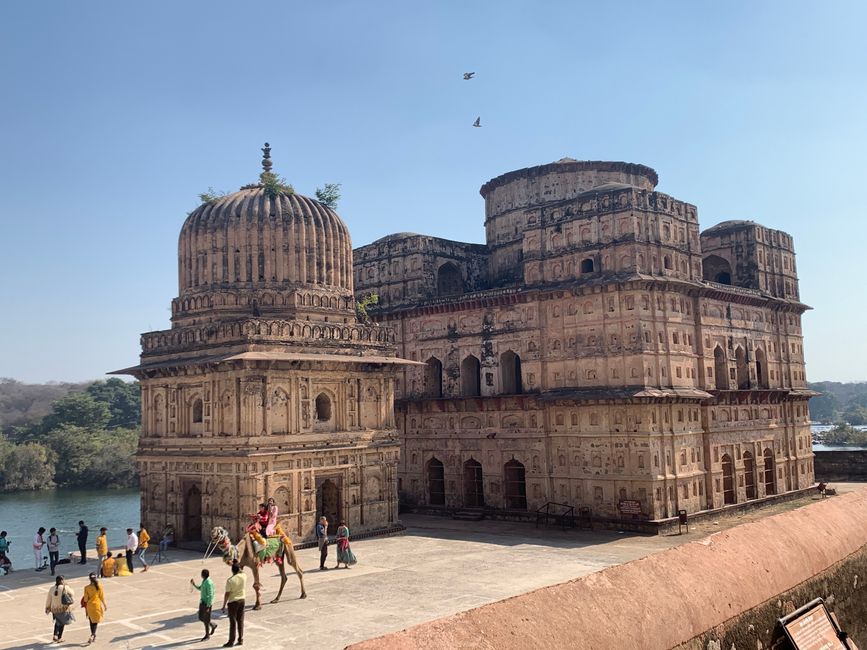
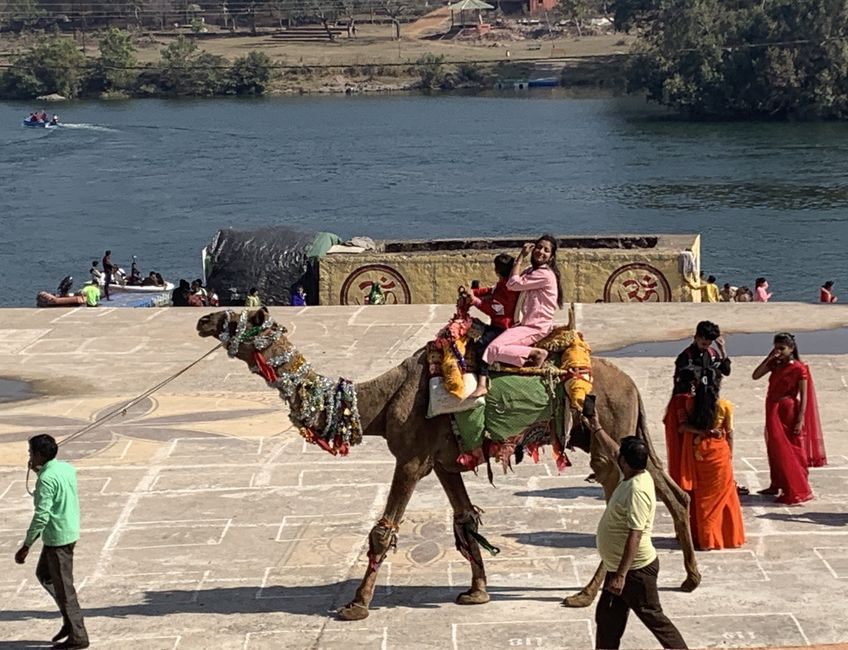
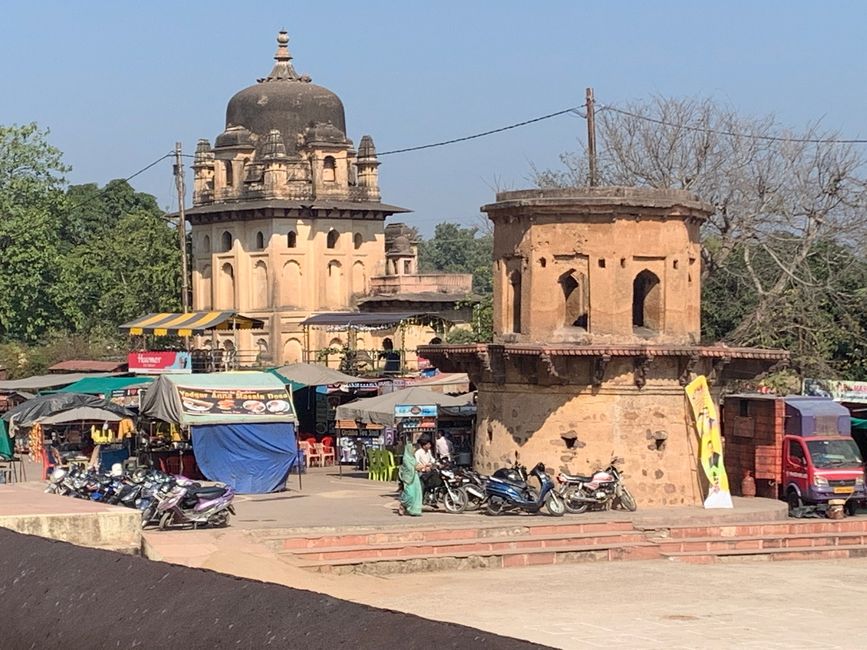
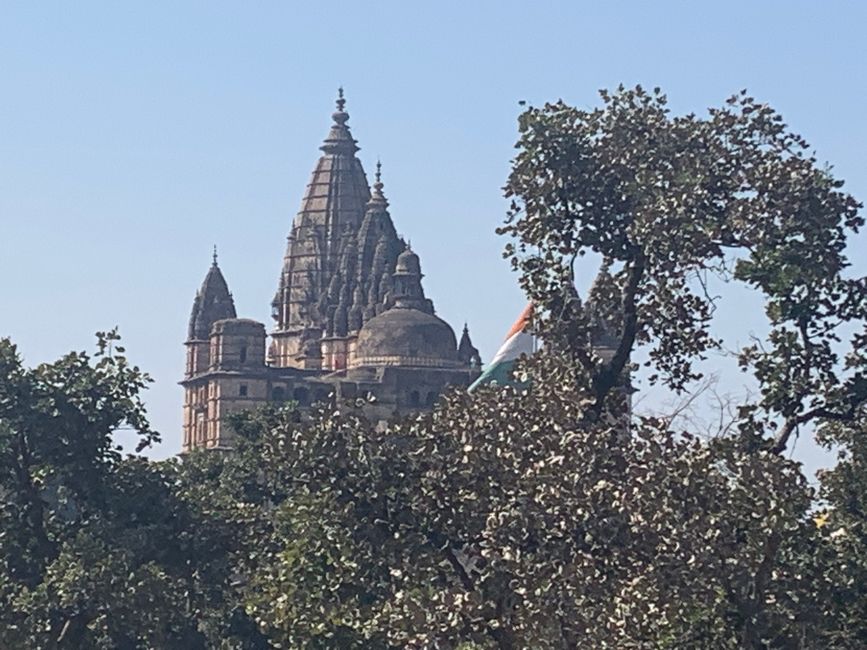
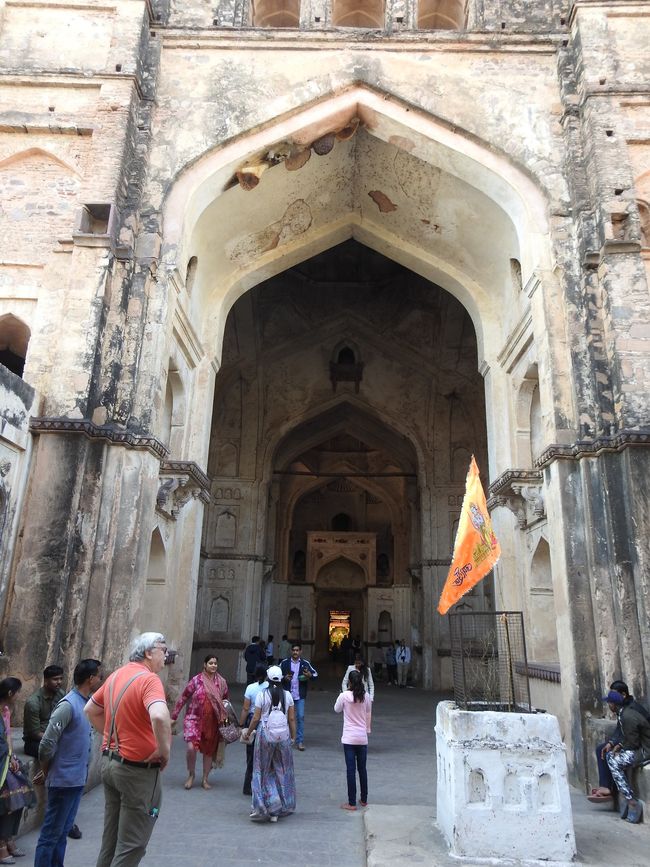
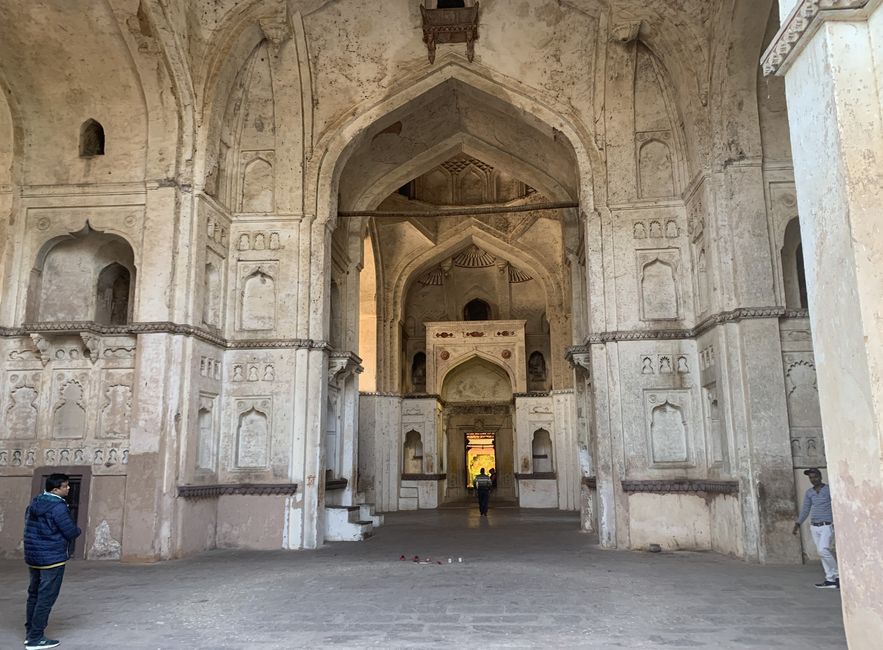
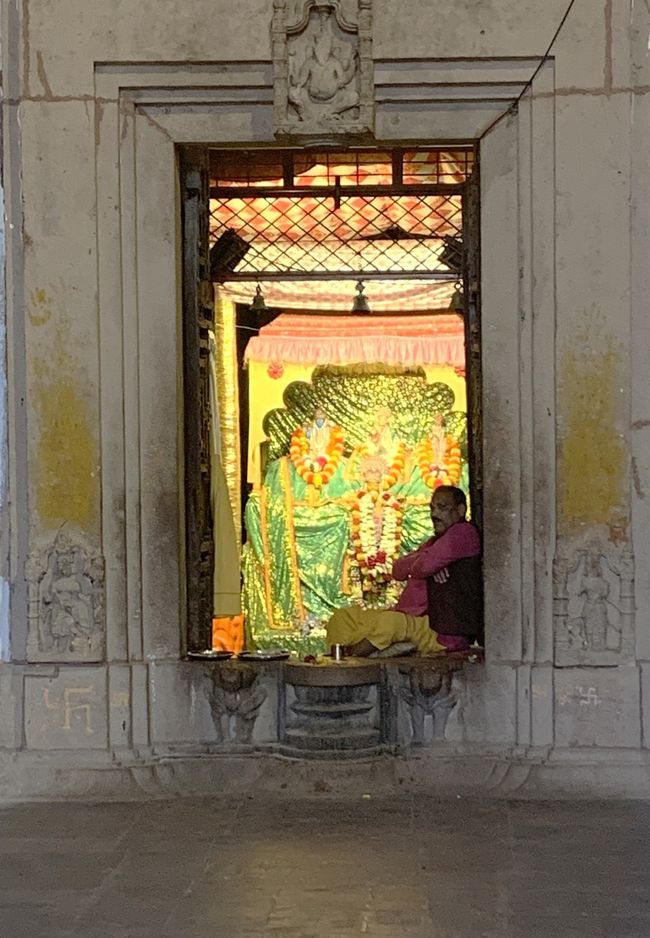
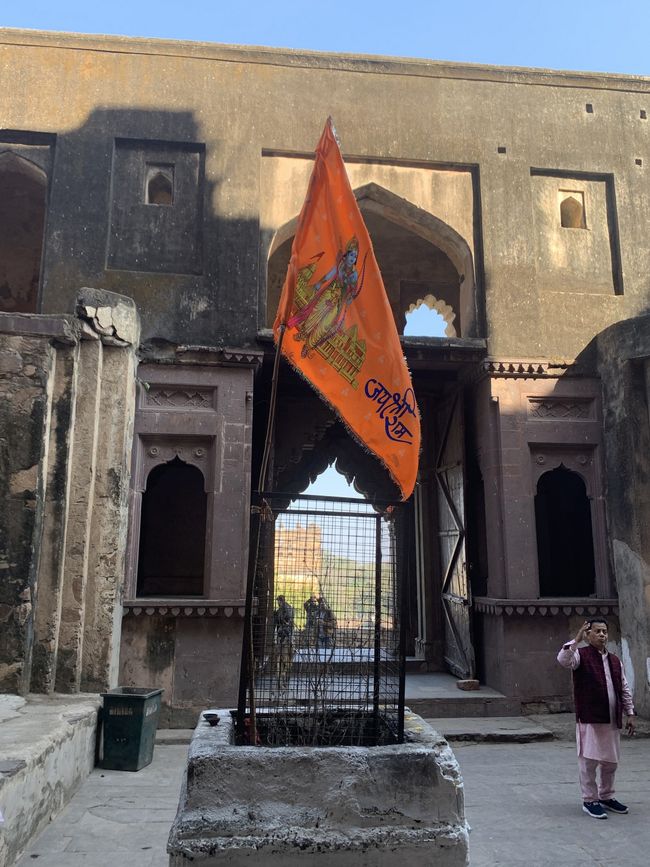
समाचार पत्रिका के लिए सदस्यता लें
On the way from Gwalior to Kajuraho we make a stopover in ORCHHA:
Orchha is a small village with only about 12,000 inhabitants in the Tikamgarh district of Madhya Pradesh. Orchha was the capital of the Kingdom of Orchha and Bundelkhand from 1531 until India's independence.
Orchha Fort – The main attraction of Orchha is the Orchha Fort Complex, located on an island on the Betwa River. There are several palaces within the complex. On the occasion of the visit of the Mughal emperor , Jahangir Mahal was built by Bir Singh Deo in the early 17th century. It is known on the one hand for its delicate work and on the other hand for its balance with strong masonry. The 16th-century Raja Mahal , the second palace in this fort complex, is known for its murals with religious themes.
Chhatris (Cenotaphs) – These are the cenotaphs of the former rulers of Orchha from the Bundela clan. There are 14 of these from the 16th to 18th centuries. The size of each corresponds to the length of the ruler's reign.
Chaturbhuj Temple – Located just opposite the Raja Mahal, Chaturbhuj Temple is one of the most famous attractions in Orchha city. The temple is dedicated to the four-armed deity Chaturbhuj (which literally means "four arms") and offers plenty of light and space inside, which is unusual for a Hindu temple. Maharani Ganesh Kunwart (the wife of the ruler of Orchha) and Raja Madhukar built this temple in the 16th century to specifically house the idol of Lord Rama.
__________________________________________________
On the way from Gwalior to Kajuraho we make a stopover in ORCHHA:
Orchha is a small village with today only around 12,000 inhabitants in the Tikamgarh District of Madhya Pradesh. Orchha was capital of the Kingdom of Orchha and Bundelkhand from 1531 to independence of India.
Orchha Fort - The main attraction of Orchha is the Orchha Fort Complex, located on an island, on River Betwa. several palaces are located within the complex. To mark the visit of Mughal Emperor, Jahangir Mahal was built by Bir Singh Deo, in the early part of the 17th century. It is known for its delicate work on one side and balanced with strong masonry on the other. Raja Mahal from 16th century, the second palace in this fort complex is well known for its murals, depicting religious themes.
Chhatris (Cenotaphs) – These are the cenotaphs of the former rulers of Orchha from the Bundela Clan. There are 14 of them from the 16th to the 18th century. The size of each is corresponding to the length of the reign of the ruler.
Chaturbhuj Temple - Located right opposite the Raja Mahal, Chaturbhuj Temple is one of the famous attractions of Orchha city. Dedicated to the four-armed deity, Chaturbhuj (which literally means four-arms), the temple has plenty of light and space inside, a feature unusual for a Hindu temple. Maharani Ganesh Kunwart (the wife of Orchha's ruler) and Raja Madhukar constructed this temple, to especially house the idol of Lord Rama in 16th century.
समाचार पत्रिका के लिए सदस्यता लें
उत्तर
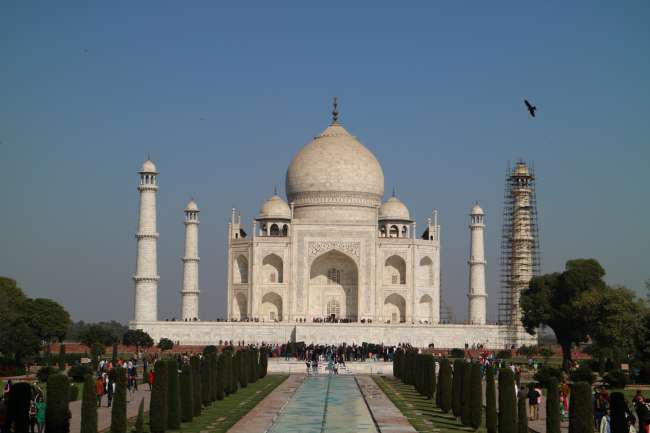
यात्रा रिपोर्ट भारत
